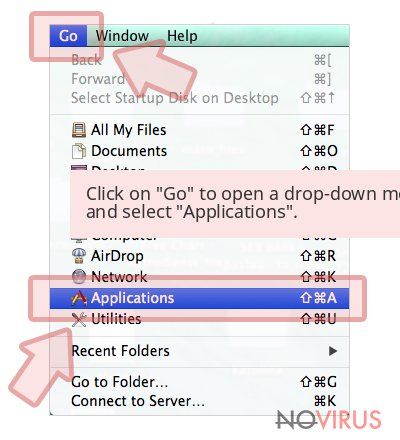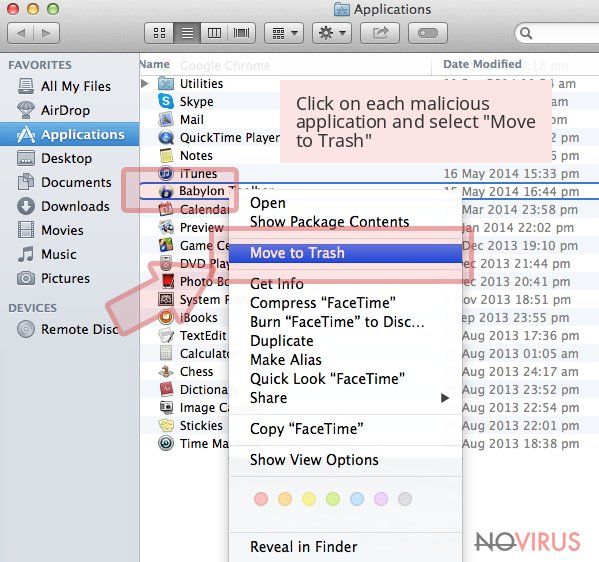Remove Cloudfront (Clear Removal Instructions) - Sep 2018 updated
Cloudfront Removal Guide
Description of Cloudfront ads
Cloudfront is a potentially unwanted application designed to throw ads up on your screen

Cloudfront is a legitimate service related to Amazon but unfortunately often misused by malicious actors. The software is used by hackers and relates adware, so the main purpose of this app becomes to deliver various commercial content to your screen and inject advertisements, toolbars or extensions on your browser. The main Cloudfront.net activity is to fill your screen with the commercial content that is provided by the associated publisher. These banners, pop-up ads and another similar content affect the performance of your device and make your Internet Explorer, Mozilla Firefox, Google Chore or other browsers running sluggishly.
You may also notice that most of your in-browser searches are redirected to various other commercial sites, or commonly visited sites look unfamiliar because of added banners or different ads. A CloudFront virus also causes pop-up windows with the fake update promotions. You shouldn't trust these suggestions to update your software because these ads may cause installations of various unwanted toolbars or apps.
Since this is a silent intruder, it means that the program came without your permission and knowledge, so it is possible that there are additional programs installed on your device already. This makes Cloudfront removal more needed and difficult. Because of this fact, you need to use anti-malware tools for the virus elimination. Programs like FortectIntego can detect the adware itself and other additional tools or applications.
You may notice several alerts displayed because of this intruder:
Cloudfront wasn't able to connect to the origin.
or
Cloudfront attempted to establish a connection with the origin.
You should also notice the fact that Amazon CloudFront is a legitimate service but malicious people use these websites to hide their potentially dangerous products. Various malware can be disguised under the name of a well-known company or service.
However, you need to use the anti-malware program to scan the device and make sure that the particular application is malicious. Also, you can remove Cloudfront using the same anti-malware tools. We have a few other suggestions for the software down below.
Different versions of the same adware
D2pezc1a2cl20m.cloudfront.net is another version of adware application that promotes installations of browser extensions and other potentially dangerous programs. This particular version can also deliver notes about missing java or Flash player updates.
D2ucfwpxlh3zh3.cloudfront.net also is a program designed to show commercial content including coupons, banners and pop-up windows. You can even notice that various random text turns into hyperlinks and redirects you to unknown sites. Pay-per-click revenue generating is the leading purpose of advertisers employing these apps for. It also means that adware related applications collect various information about the user.
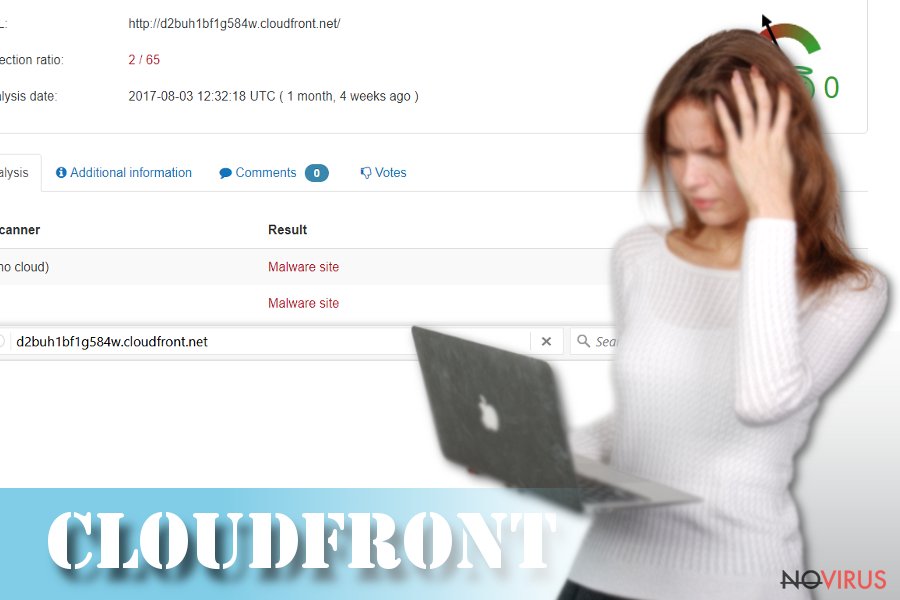
Freeware installer includes optional installs of unwanted programs
Always pay attention to installation and other processes happening on your device. It is crucial if you want to avoid additional intruders on the computer. During the freeware installations, you can get a bundle of programs you do not want to get. This is because of a widely used bundling technique when PUP developers and software providers pack their products together. So if you get your software, applications or updates from an insecure source, you are at high risk.
The best tip for avoiding additional programs is always to choose Advanced or Custom options when installing anything. This option allows you to see the full list and un-check those marks on unwanted programs. If you do this every time you install something and you choose reputable providers you can be sure that your device is clear.
Cloudfront elimination require reputable tools
If you want to remove CloudFront and all related activity, you need to scan your device thoroughly. Anti-malware tools like FortectIntego, SpyHunter 5Combo Cleaner and Malwarebytes can do that. Programs like these can scan your system for malware, system vulnerabilities and other possible errors or threats. When you performed the proper system scan, you can choose to eliminate unwanted programs and fix errors.
Immediately after Cloudfront removal and general system cleaning your device should perform way better. All issues with a web browser, system freezes and crashes should be gone. This full system cleaning is beneficial for the general security of the operating system. Keep these tools on the device and maximise the safety of your PC.
You may remove virus damage with a help of FortectIntego. SpyHunter 5Combo Cleaner and Malwarebytes are recommended to detect potentially unwanted programs and viruses with all their files and registry entries that are related to them.
Getting rid of Cloudfront. Follow these steps
Uninstall Cloudfront in Windows systems
Terminate suspicious programs from Windows 10/8 machines by following these instructions:
- Type Control Panel into Windows search and once the result shows up hit Enter.
- Under Programs, choose Uninstall a program.
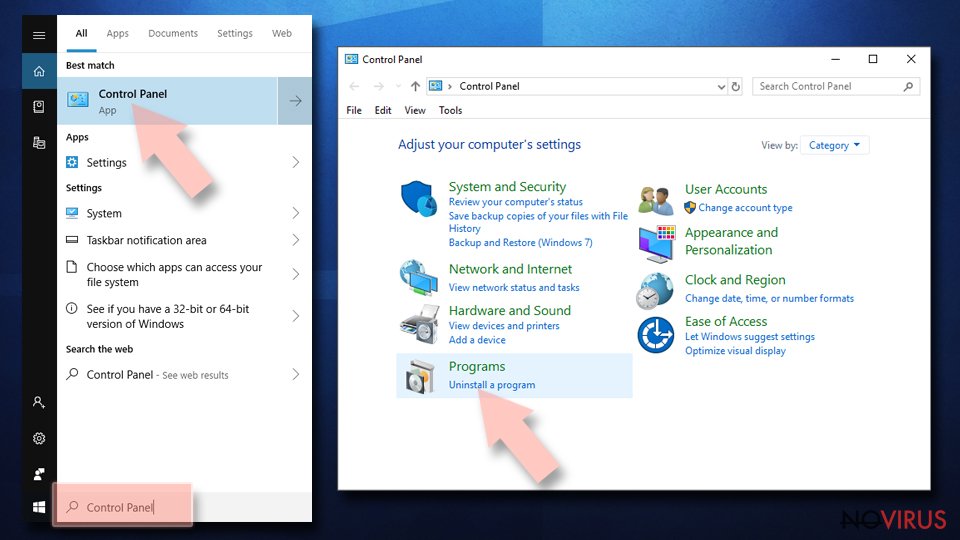
- Find components related to suspicious programs.
- Right-click on the application and select Uninstall.
- Click Yes when User Account Control shows up.

- Wait for the process of uninstallation to be done and click OK.
Windows 7/XP instructions:
- Click on Windows Start and go to Control Panel on the right pane.
- Choose Add/Remove Programs.
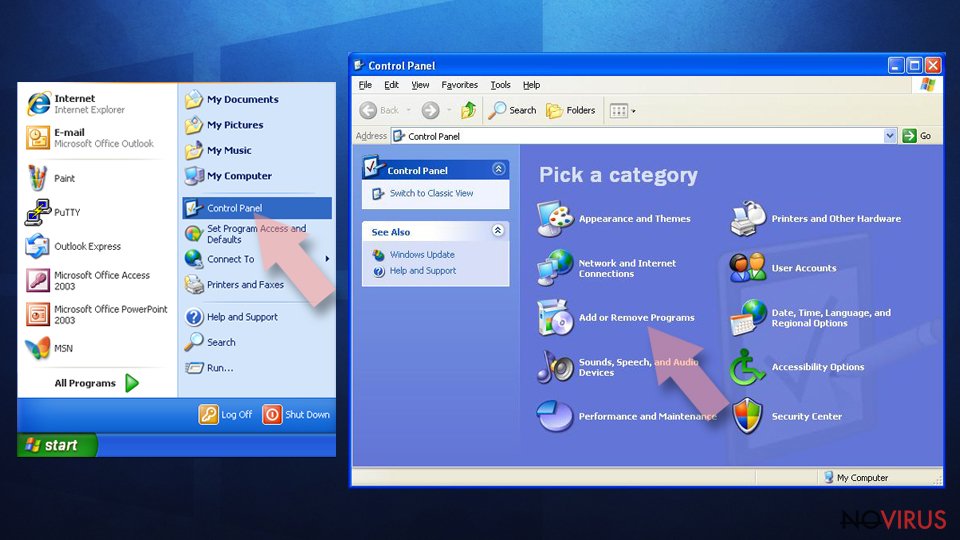
- Select Uninstall a program under Programs in Control Panel.
- Click once on the unwanted application.
- Click Uninstall/Change at the top.
- Confirm with Yes.
- Click OK and finish the removal.
Uninstall Cloudfront in Mac OS X system
-
Users who use OS X should click on Go button, which can be found at the top left corner of the screen and select Applications.

-
Wait until you see Applications folder and look for Cloudfront or any other suspicious programs on it. Now right click on every of such entries and select Move to Trash.

Delete Cloudfront from Microsoft Edge
Delete suspicious extensions from MS Edge:
- Go to the Menu by clicking on the three horizontal dots at the top-right.
- Then pick Extensions.
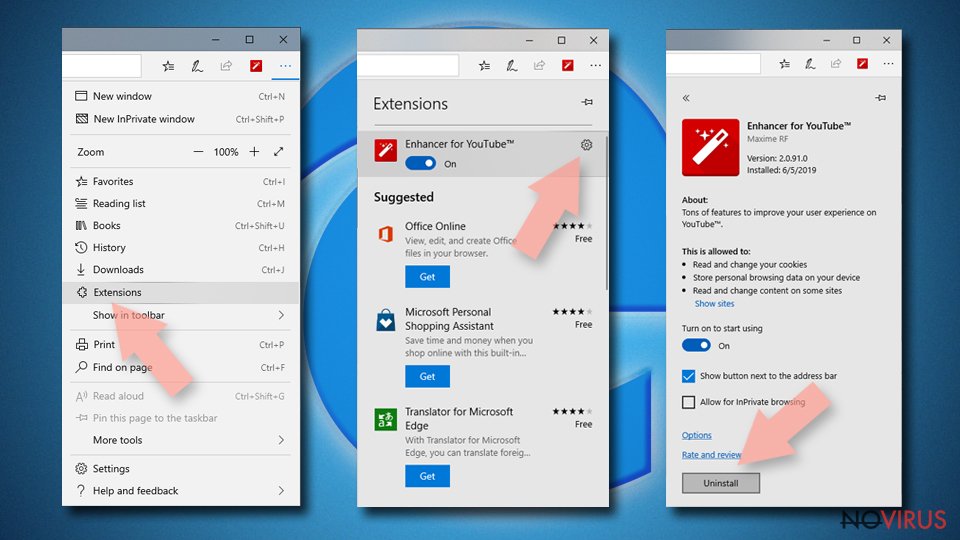
- Choose the unwanted add-ons on the list and click on the Gear icon.
- Click on Uninstall at the bottom.
Clear cookies and other data:
- Click on the Menu and from the context menu select Privacy & security.
- Under Clear browsing data, select Choose what to clear.
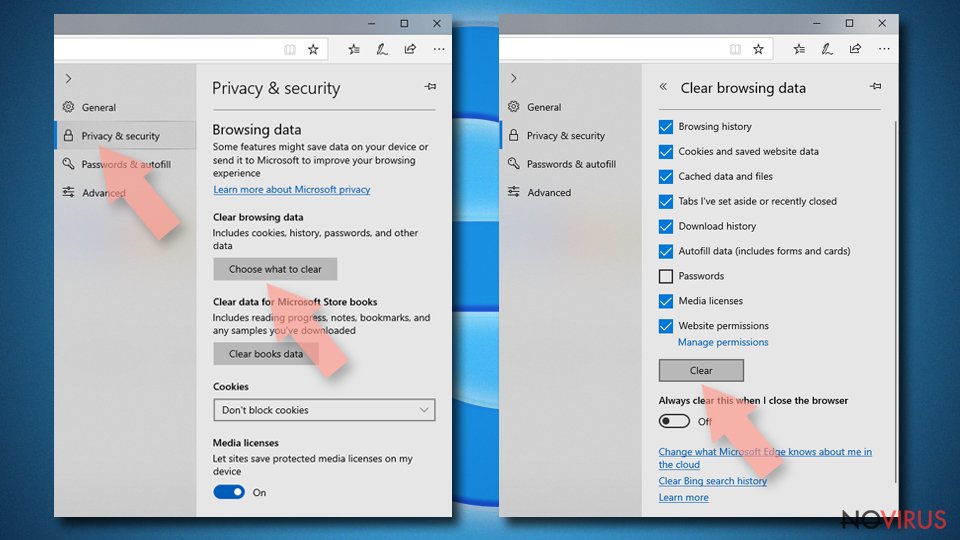
- Choose everything except passwords, and click on Clear.
Alter new tab and homepage settings:
- Click the menu icon and choose Settings.
- Then find On startup section.
- Click Disable if you found any suspicious domain.
Reset MS Edge fully:
- Click on the keyboard Ctrl + Shift + Esc to open Task Manager.
- Choose More details arrow at the bottom.
- Go to Details tab.
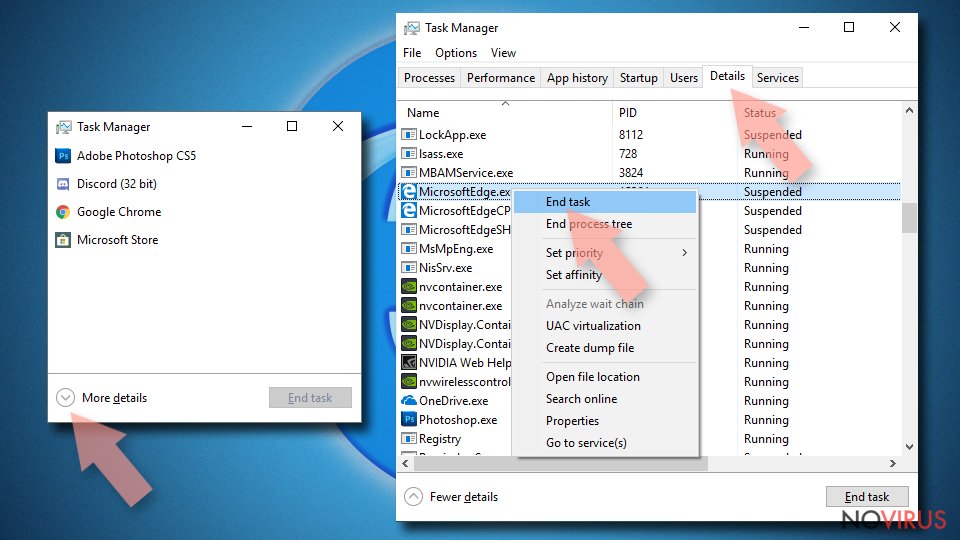
- Now scroll down and locate every entry with Microsoft Edge name in it.
- Right-click on each of them and select End Task to stop MS Edge from running.
When none of the above solves the issue, you might need an advanced Edge reset method, but you need to backup your data before proceeding.
- Find the following folder on the PC: C:\\Users\\%username%\\AppData\\Local\\Packages\\Microsoft.MicrosoftEdge_8wekyb3d8bbwe.
- Press Ctrl + A on your keyboard to select all folders.
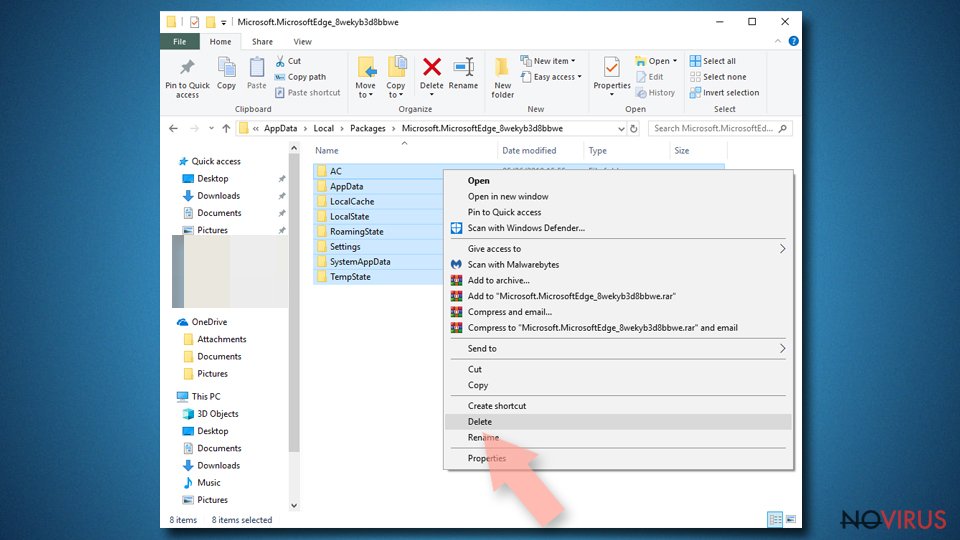
- Right-click on the selection and choose Delete
- Right-click on the Start button and pick Windows PowerShell (Admin).
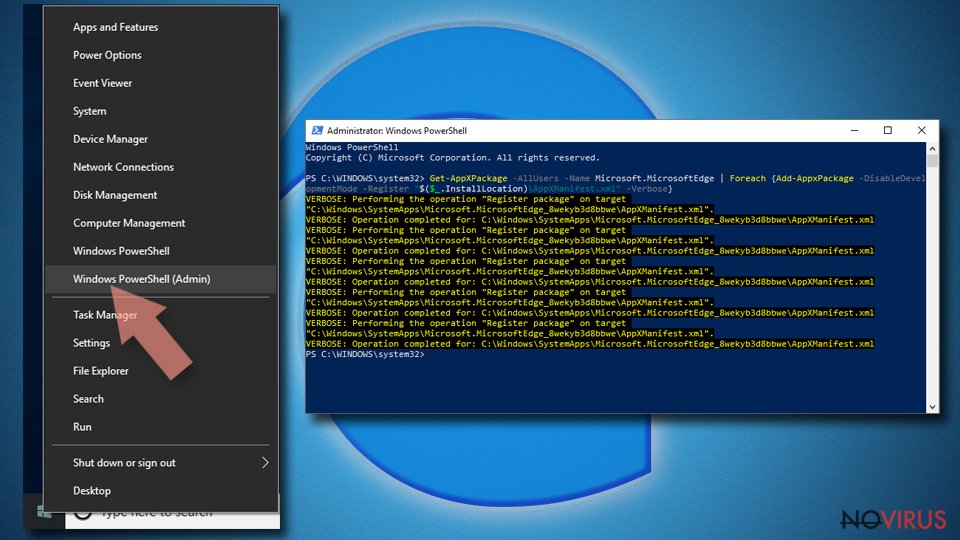
- Copy and paste the following command, and then press Enter:
Get-AppXPackage -AllUsers -Name Microsoft.MicrosoftEdge | Foreach {Add-AppxPackage -DisableDevelopmentMode -Register “$($_.InstallLocation)\\AppXManifest.xml” -Verbose
Instructions for Chromium-based Edge
Delete extensions:
- Open Edge and click Settings.
- Then find Extensions.
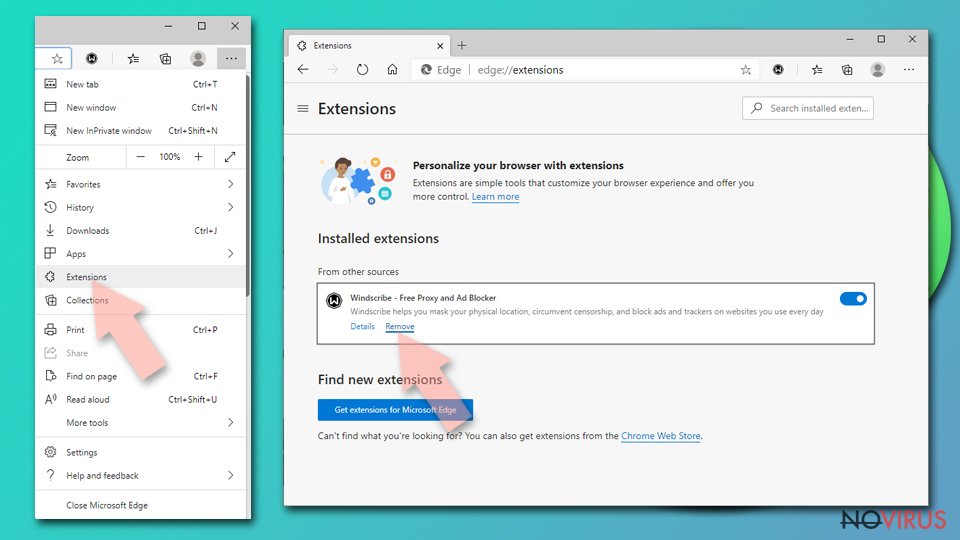
- Delete unwanted extensions with the Remove.
Clear cache and site data:
- Click on Menu and then Settings.
- Find Privacy and services.
- Locate Clear browsing data, then click Choose what to clear.
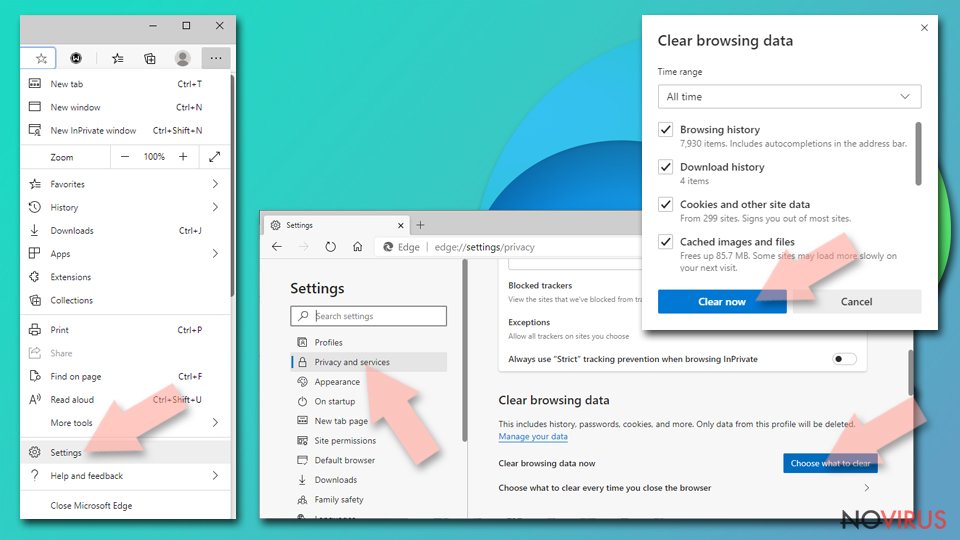
- Time range.
- Click All time.
- Select Clear now.
Reset Chromium-based MS Edge browser fully:
- Go to Settings.
- On the left side, choose Reset settings.

- Select Restore settings to their default values.
- Click Reset.
Delete Cloudfront from Mozilla Firefox (FF)
Remove suspicious Firefox extensions:
- Open Mozilla Firefox browser and click on the three horizontal lines at the top-right to open the menu.
- Select Add-ons in the context menu.
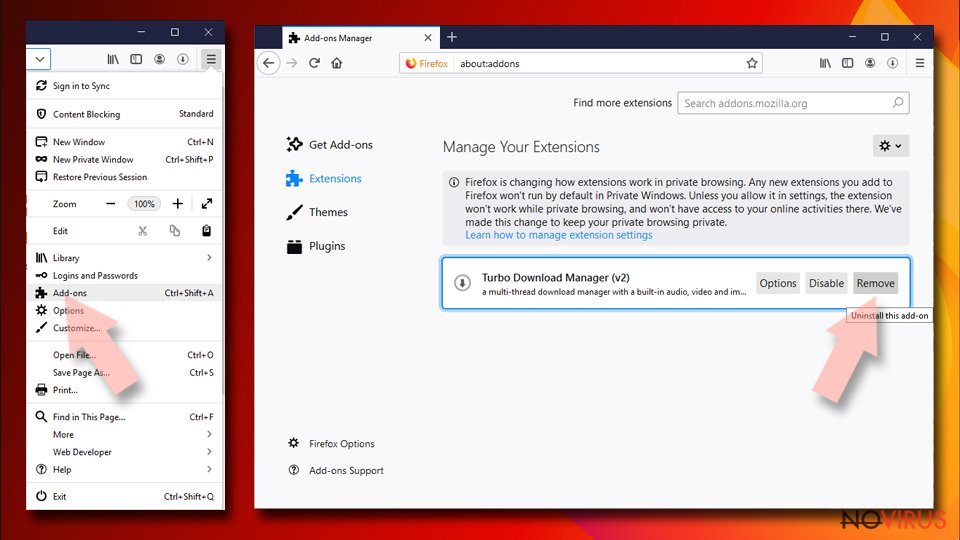
- Choose plugins that are creating issues and select Remove.
Reset the homepage on the browser:
- Click three horizontal lines at the top right corner.
- This time select Options.
- Under Home section, enter your preferred site for the homepage that will open every time you launch Mozilla Firefox.
Clear cookies and site data:
- Click Menu and pick Options.
- Find the Privacy & Security section.
- Scroll down to choose Cookies and Site Data.
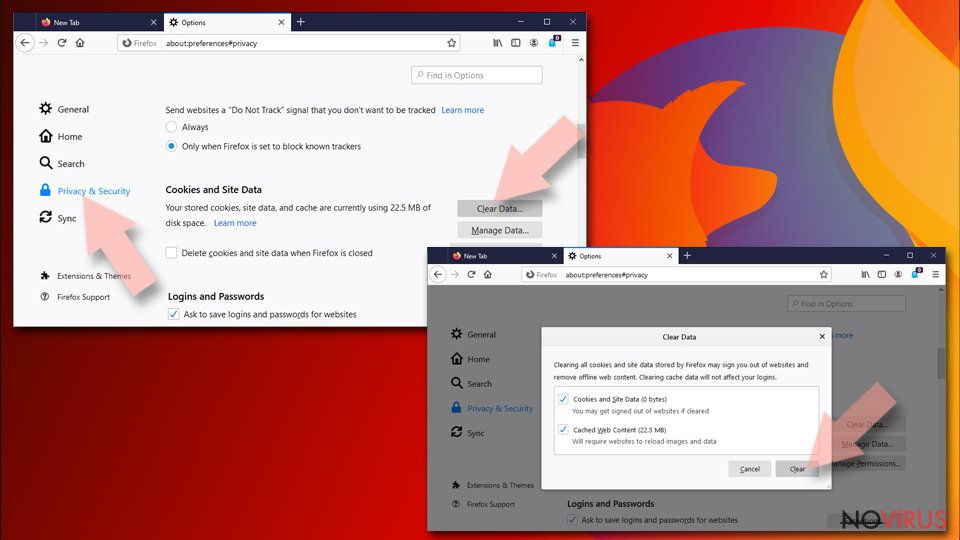
- Click on Clear Data… option.
- Click Cookies and Site Data, Cached Web Content and press Clear.
Reset Mozilla Firefox:
If none of the steps above helped you, reset Mozilla Firefox as follows:
- Open Mozilla Firefox and go to the menu.
- Click Help and then choose Troubleshooting Information.
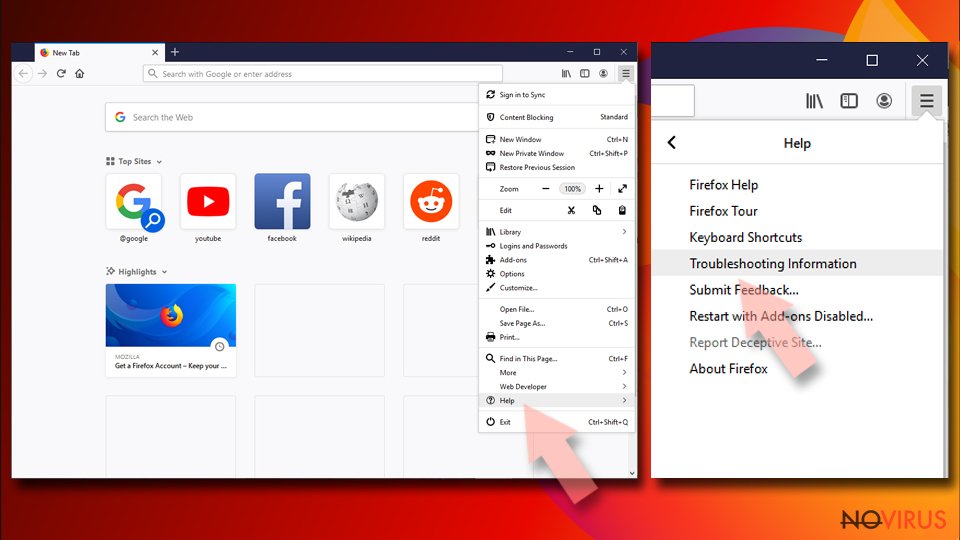
- Locate Give Firefox a tune-up section, click on Refresh Firefox…
- Confirm the action by pressing on Refresh Firefox on the pop-up.
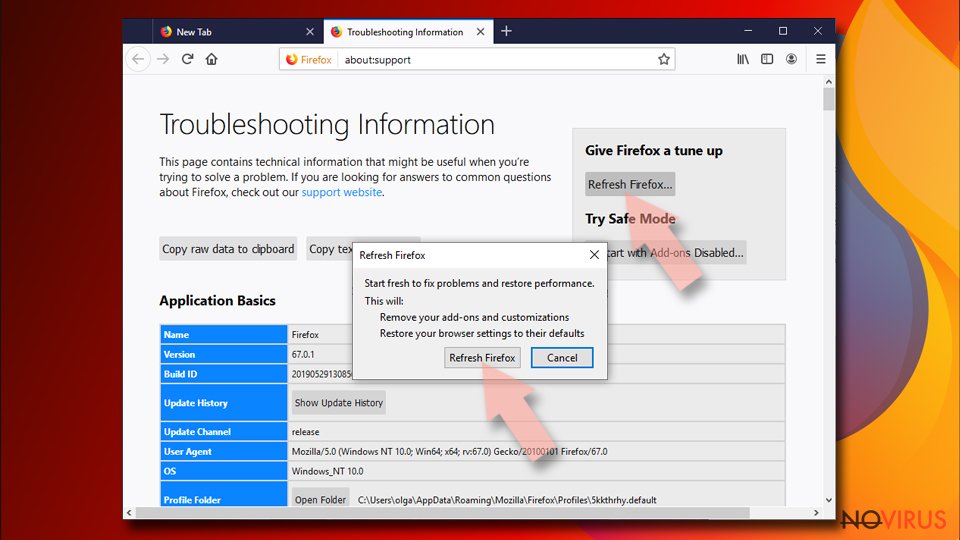
Chrome browser reset
Find and remove suspicious extensions from Google Chrome:
- In Google Chrome, open the Menu by clicking three vertical dots at the top-right corner.
- Select More tools > Extensions.
- Once the window opens, you will see all the installed extensions.
- Find any suspicious add-ons related to any PUP.
- Uninstall them by clicking Remove.
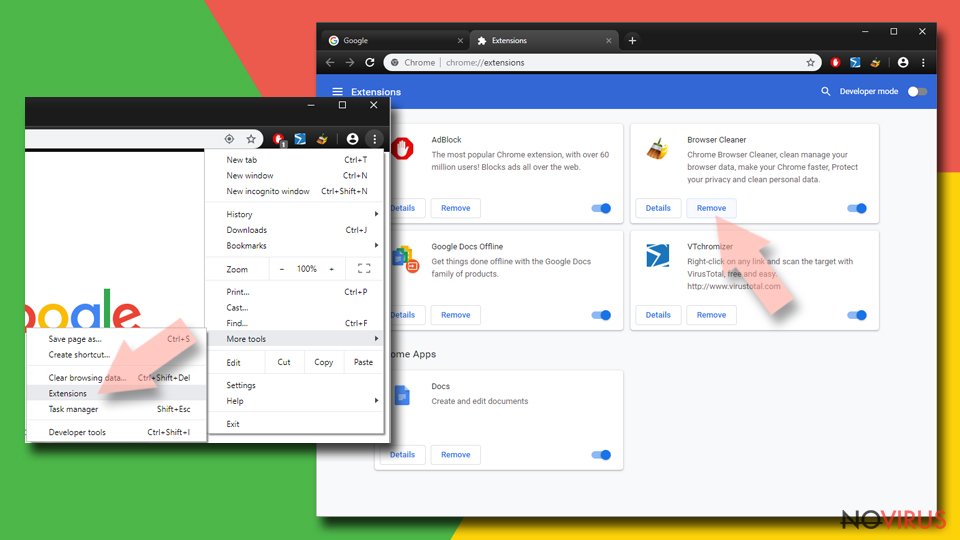
Clear cache and web data from Chrome:
- Click the Menu and select Settings.
- Find Privacy and security section.
- Choose Clear browsing data.
- Select Browsing history.
- Cookies and other site data, also Cached images and files.
- Click Clear data.
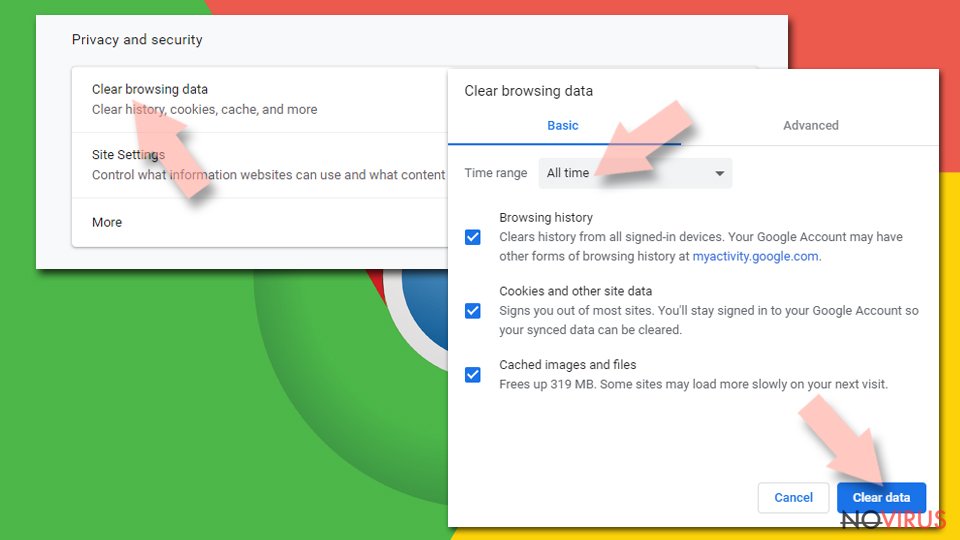
Alter settings of the homepage:
- Go to the menu and choose Settings.
- Find odd entries in the On startup section.
- Click on Open a specific or set of pages.
- Then click on three dots and look for the Remove option.
Reset Google Chrome fully:
You might need to reset Google Chrome and properly eliminate all the unwanted components:
- Go to Chrome Settings.
- Once there, scroll down to expand Advanced section.
- Scroll down to choose Reset and clean up.
- Click Restore settings to their original defaults.
- Click Reset settings again.
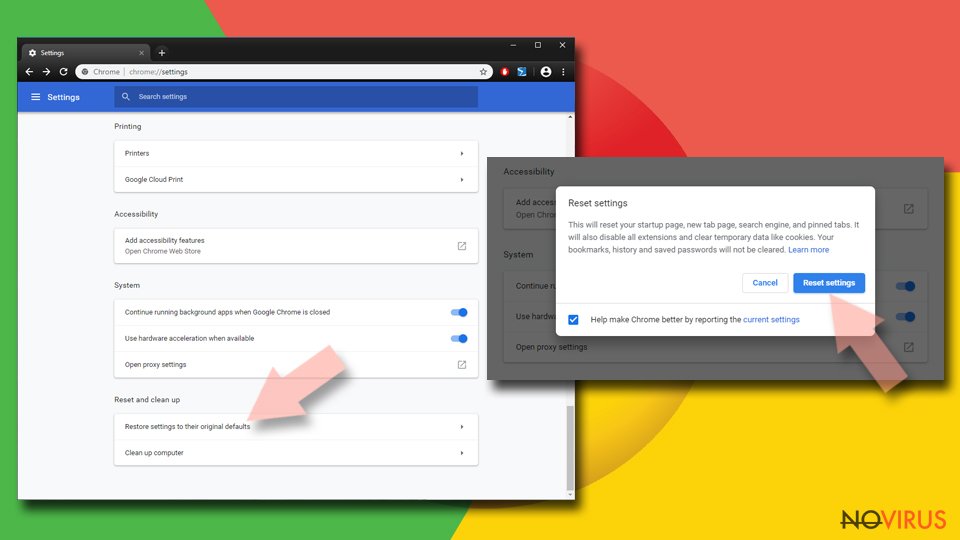
Delete Cloudfront from Safari
Get rid of questionable extensions from Safari:
- Click Safari.
- Then go to Preferences…
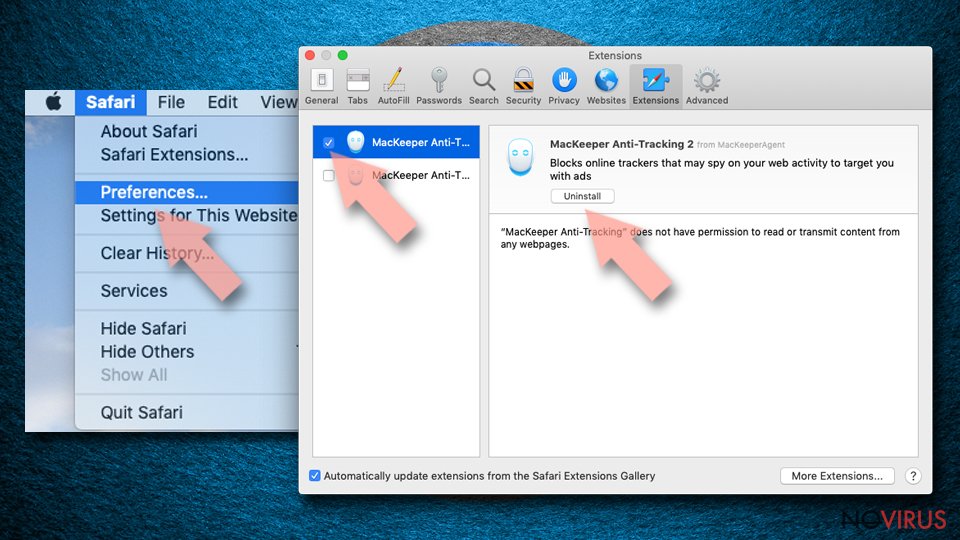
- Choose Extensions on the menu.
- Select the unwanted extension and then pick Uninstall.
Clear cookies from Safari:
- Click Safari.
- Choose Clear History…
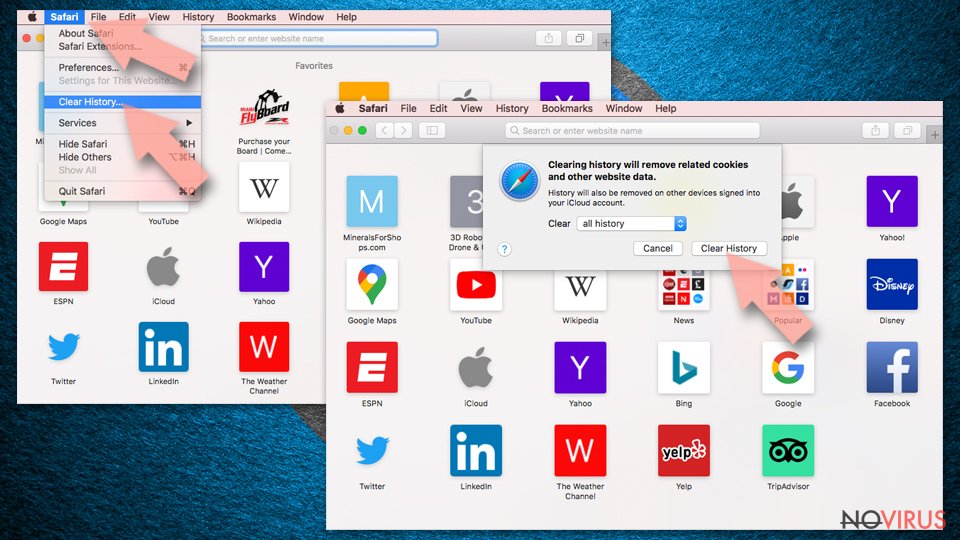
- From the drop-down menu under Clear, find and pick all history.
- Confirm with Clear History.
Reset Safari fully:
- Click Safari and then Preferences…
- Choose the Advanced tab.
- Tick the Show Develop menu in the menu bar.
- From the menu bar, click Develop.
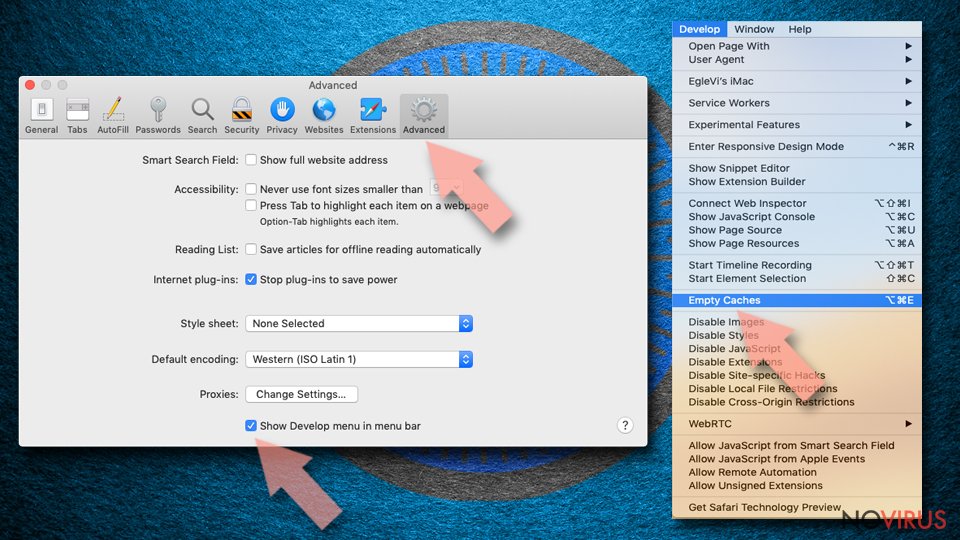
- Then select Empty Caches.
Even if you have completed all the steps above, we still strongly recommend you to scan your computer system with a powerful anti-malware software. It is advisable to do that because an automatic malware removal tool can detect and delete all remains of Cloudfront, for instance, its registry keys. The anti-malware program can help you to easily detect and eliminate possibly dangerous software and malicious viruses in an easy way. You can use any of our top-rated malware removal programs: FortectIntego, SpyHunter 5Combo Cleaner or Malwarebytes.
How to prevent from getting adware
Securely connect to your website wherever you are
Sometimes you may need to log in to a content management system or server more often, especially if you are actively working on a blog, website, or different project that needs constant maintenance or that requires frequent content updates or other changes. Avoiding this problem can be easy if you choose a dedicated/fixed IP address. It's a static IP address that only belongs to a specific device and does not change when you are in different locations.
VPN service providers such as Private Internet Access can help you with these settings. This tool can help you control your online reputation and successfully manage your projects wherever you are. It is important to prevent different IP addresses from connecting to your website. With a dedicated/fixed IP address, VPN service, and secure access to a content management system, your project will remain secure.
Recover files damaged by a dangerous malware attack
Despite the fact that there are various circumstances that can cause data to be lost on a system, including accidental deletion, the most common reason people lose photos, documents, videos, and other important data is the infection of malware.
Some malicious programs can delete files and prevent the software from running smoothly. However, there is a greater threat from the dangerous viruses that can encrypt documents, system files, and images. Ransomware-type viruses focus on encrypting data and restricting users’ access to files, so you can permanently lose personal data when you download such a virus to your computer.
The ability to unlock encrypted files is very limited, but some programs have a data recovery feature. In some cases, the Data Recovery Pro program can help recover at least some of the data that has been locked by a virus or other cyber infection.
